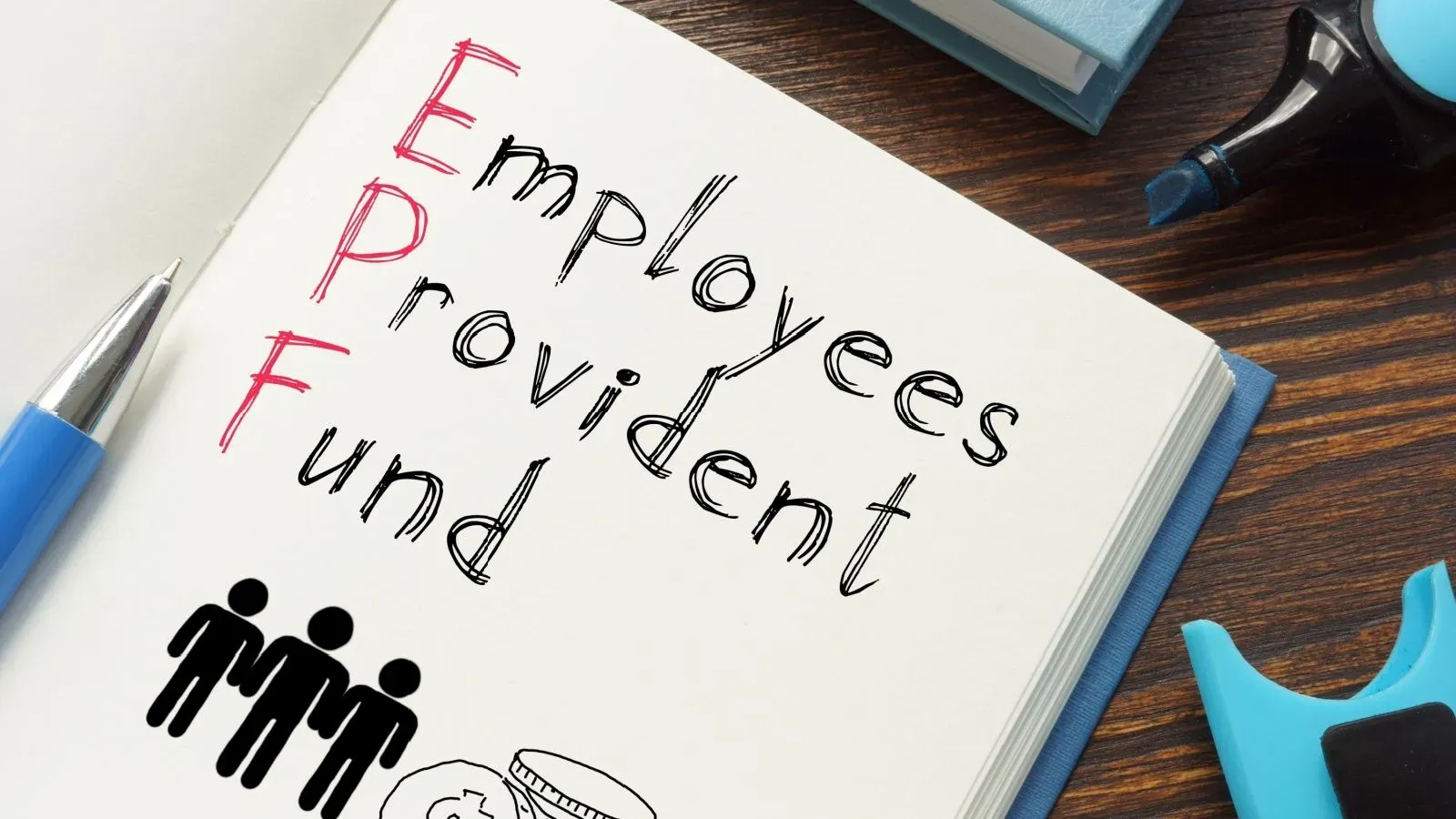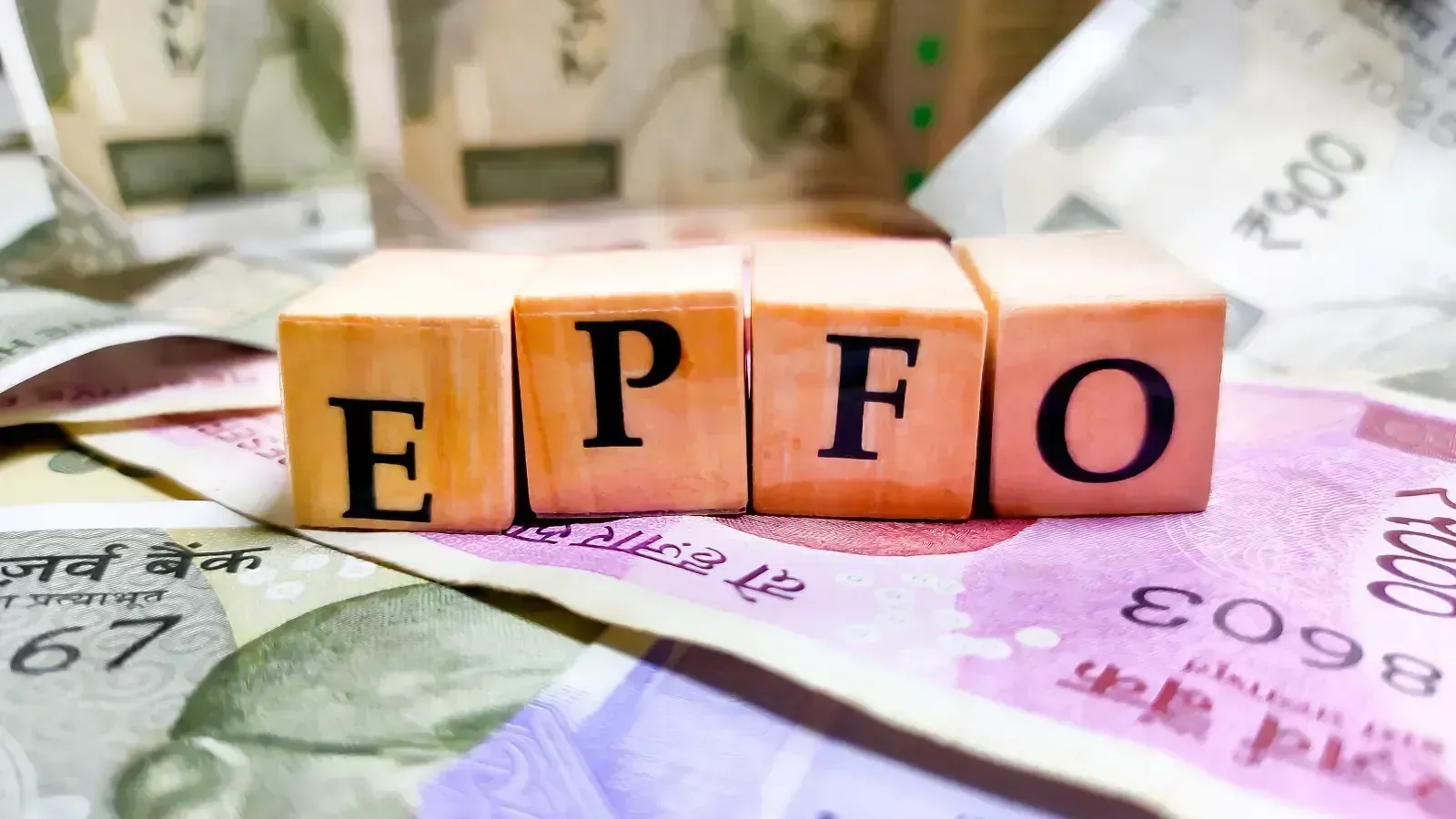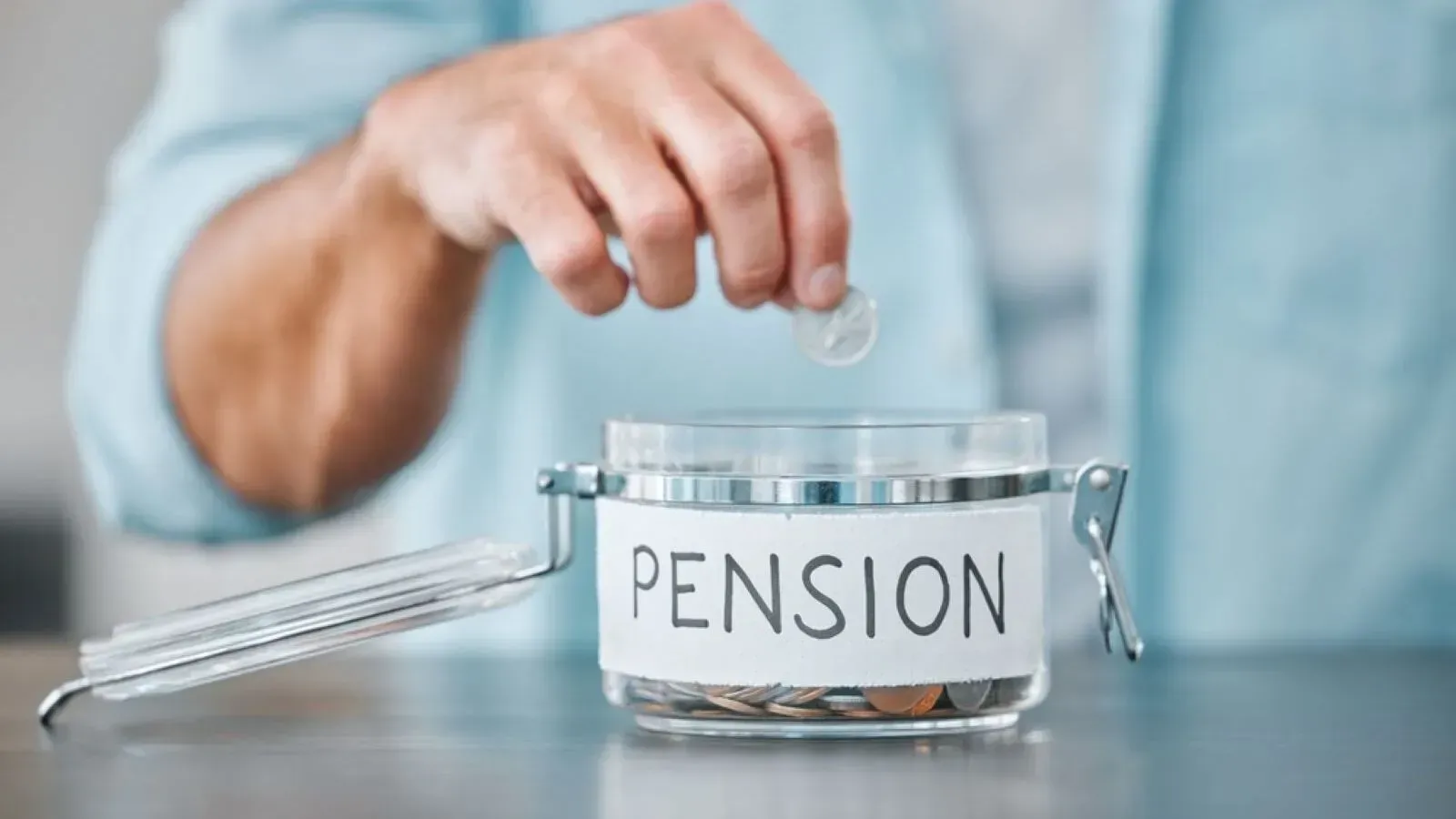Personal Finance News
7 myths and facts about new Employees' Provident Fund withdrawal and final settlement provisions

5 min read | Updated on October 17, 2025, 09:57 IST
SUMMARY
EPF withdrawal and final settlement myths and facts 2025: Your 25% EPF contribution will not be locked with the EPFO for life. After job loss, you will be able to get this amount, along with the final settlement after 12 months.

You will be able to withdraw up to 75% of PF balance immediately after losing your job. | Image source: Shutterstock
Several myths about the new Employees Provident Fund (EPF) withdrawal rules are currently circulating on social media, leading to various concerns among salaried employees. The Employees Provident Fund Organisation (EPFO) has been actively trying to dispel these myths with factual information. In this article, we explain seven such myths and the corresponding facts as clarified by the provident fund body and the Union Government.
Myth 1: You will not be able to access your money for a year after job loss
The old rule allowed you to withdraw only from the employee's contribution.
"In case of unemployment, 75% PF balance (that includes employer and employee contributions and interest earned) can be withdrawn immediately. The remaining 25% can also be withdrawn after one year. Full withdrawal of the entire PF balance (including the minimum balance of 25%) is also allowed in case of retirement after attaining 55 years of service, permanent disability, incapacity to work, retrenchment, voluntary retirement or leaving India permanently etc," EPFO said.
Why does EPFO need 12 months to give me my own hard-earned money? You may ask.
Well, EPFO has decided to increase the final settlement period for EPF balance from two months to 12 months for the following reason:
- The 12-month period will improve the chances of not causing a break in an employee's service, which is essential for pension, if they find another job within 12 months.
Union Labour and Employment Minister Mansukh Mandaviya explained this on X as below:
"Previously, frequent withdrawals would cause a break in the employee's service, as a result of which they would not receive a pension. For example, if someone withdrew the entire amount two months after losing their job, a Service Break would occur, and when they returned to a job afterward, it would be treated as a new service. 10 years of continuous service is mandatory for a pension. Due to repeated withdrawals of money, this mandatory 10-year service could not be completed, and the employee would be deprived of pension benefits."
"Now, with these new reforms, the employee's service continuity will be maintained, and receiving a pension will ensure their social and economic security."
For EPS final settlement, the time period has been extended from two months to 36 months for EPS final settlement.
Myth 2: 25% of EPF contribution will be locked for life with EPF
Doesn't this mean 25% of my funds will always be locked with EPFO? You may ask.
Well, EPFO is a scheme to help you save for retirement and social security, offering guaranteed returns (8.25% currently) and tax benefits. If the government allows 100% withdrawal, then the scheme will lose the purpose for which it exists.
Furthermore, retaining the 25% contribution in the EPF account will ensure that members can accumulate a respectable retirement corpus. It has been found earlier that repeated withdrawals lead to an insufficient PF balance at the time of retirement. "50% of PF Members had less than ₹20,000 in the PF balance and 75% had less than ₹50,000 at the time of final settlement," EPFO said.
Due to repeated withdrawals, members with lower salaries are not able to enjoy the benefit of compounding and lose out on higher social security.
Myth 3: If I'm not contributing for some time, my family won't get any benefit
Myth 4: You cannot withdraw even if unemployed
Myth 5: Pension provisions have been restricted
Myth 6: Even after 1 year of unemployment, only 75% can be withdrawn
Myth 7: EPFO has made it difficult to withdraw my own funds
Related News
By signing up you agree to Upstox’s Terms & Conditions
About The Author
Next Story



